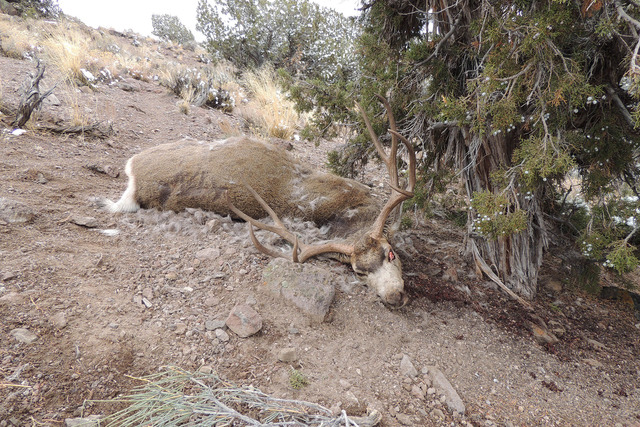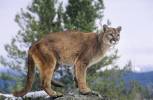Migration Map can offer clues to better bird hunting
A few years ago, I wrote about the Ducks Unlimited website and the tools it provides for new and experienced waterfowl hunters. Among those tools is the Migration Map and its associated hunting reports, something that has lots of potential but seems a bit underutilized in Nevada.
The Migration Map is just that, a map that documents the southward migration of waterfowl across the United States, coast to coast. But it is more than a map; it is an interactive marketplace of information that provides hunters with the means of sharing real-time reports of their successful and unsuccessful outings. Hunters submitted more than 25,000 reports to the map last hunting season, according to DU.
Sometimes we can be a little protective of our secret honey holes, but that doesn’t mean you can’t share basic information that might help another hunter have a good experience.
I stopped by the Migration Map at ducks.org this week to see what I could learn about the waterfowl migration in Nevada. There were only a handful of reports posted in Nevada, but they contained good intel.
On Monday, B.S. reported that he spent the weekend hunting at the Kirch Wildlife Management Area. The sky was overcast with winds from 5 to 10 mph. Temperatures ranged from 21 to 30 degrees. He found lots of ice and low bird numbers. The birds he did find were hanging out in pockets of open water, but he still managed to bag “five and six per day. Lots of wigeon, pintail and teal, with shovelers and mallards mixed in. Tough, but made it happen.”
J. Seed wrote that he hunted Frenchy Lake at the Key Pittman WMA and saw increasing bird numbers and migration activity. Describing his hunt, J. Seed wrote, “… let me tell u, there had to be hundreds of wigeons it’s like they just kept coming in, few canvas backs, 1 redhead, 2 pintails, few buffle heads, some mallards, and snow geese is pretty much what I saw out there and as far as I could tell no ice on there.”
D. Moore’s report corroborated that of J. Seed. “Hunted Frenchy last week on Friday! We saw lots of groups flying. We would have shot a limit if not for poor shooting and calling! We even shot at some Geese! Get out and have some fun!” he wrote.
Now wouldn’t this kind of information be helpful when trying to decide whether to get up at O-dark-thirty so you can make it to your destination in time to throw out a few decoys before the birds start flying?
The DU techies have updated the website and added features to the Migration Map. Those include the ability to overlay weather radar that shows wind conditions, temperature and cloud cover in addition to precipitation with accumulation totals. You also can click a button that identifies the locations of national wildlife refuges and what it calls public hunting projects.
And if your gear is loaded up and you are willing to travel, turn on the “Heat Map.” This shows the hot spots of waterfowl activity in colors, with red indicating the place where the hunting is, well, hot. A report associated with a hot spot in the central U.S. reads, “The Arctic air mass bearing down on the northern plains this week has waterfowl on the move in Kansas, following the first significant migration of ducks and geese into the state this season.”
Perhaps the storm system and cold temperatures moving into Nevada will have ducks and geese on the move this weekend.
Be sure to go prepared for inclement weather and cold temperatures.
For you mobile phone app junkies, the Migration Map and other aspects of the DU website function well on your cellphone.
NDOW SEEKS TROPHY DEER KILLER
State game wardens are looking for the person or people who killed a heavy-horned four-point mule deer buck in the hills east of Rose Valley on Nov. 8. The poacher removed the animal’s head and then left it behind with the entire carcass. No meat was removed.
Operation Game Thief is offering a reward of $1,000 for information that will help officers find those responsible.
This crime is a felony in Nevada, and because it involves what is considered a trophy animal, the fines are substantial. Anyone having information is encouraged to contact the OGT hotline at 1-800-992-3030. They may remain anonymous.
Freelance writer Doug Nielsen is a conservation educator for the Nevada Department of Wildlife. His “In the Outdoors” column, published Thursday in the Las Vegas Review-Journal, is not affiliated with or endorsed by DOW. Any opinions he states in his column are his own. He can be reached at intheoutdoorslv@gmail.com.




























